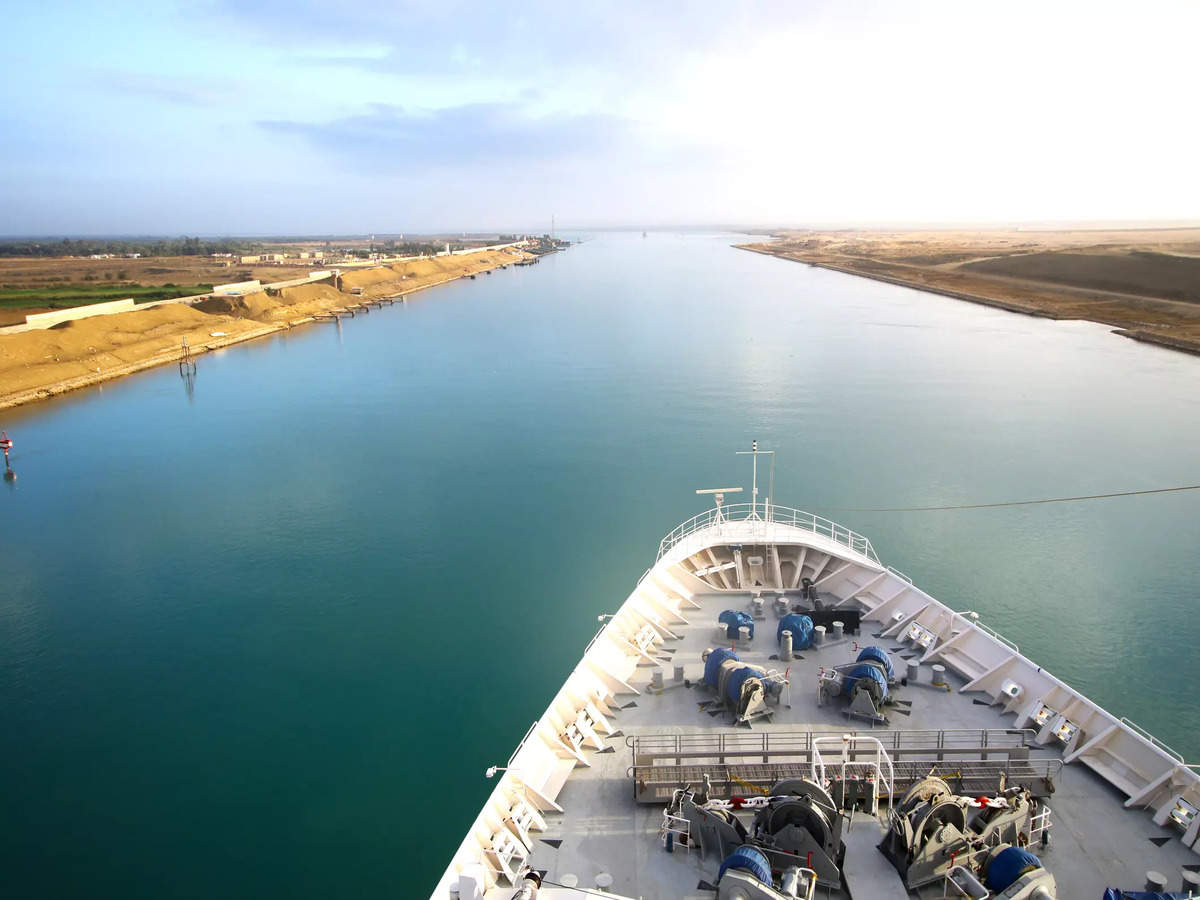As nations seek to mitigate their carbon footprints and address the challenges of climate change, a new era of canal construction is emerging. Lucy Barnard highlights five of the most significant canal projects underway globally.
The revival of canal building is driven by various factors, including efforts to reduce carbon emissions and road congestion, as seen in China and the European Union. In countries like Egypt and Afghanistan, these projects aim to combat desertification and enhance food security. Meanwhile, Panama is undertaking major expansion work on one of the world’s busiest waterways due to unprecedented drought conditions.
Here are five high-profile canal projects currently in progress:
Table of Contents
Pinglu Canal, China
In November 2022, China launched construction on the Pinglu Canal, the first new canal project since the Communist Revolution of 1949. Spanning 132.4 kilometers, this canal will connect Nanning in Guangxi Province with the sea, utilizing existing waterways and constructing just 6.5 kilometers of new canal. The project, led by China Communications Construction Company (CCCC), is budgeted at RMB 72 billion (US$10 billion) and is expected to take four years to complete. It aims to facilitate direct inland shipping to seaports, significantly boosting cargo traffic.
Seine-Nord Europe Canal, France
The Seine-Nord Europe Canal is France’s first new waterway since the 1970s, stretching 107 kilometers and 54 meters wide. This canal will link Compiègne to Aubenchal-au-Bac, allowing large barges to navigate between France, Belgium, and the Netherlands. With an investment of €5.1 billion, the project is funded by the French state, the European Union, and local authorities. The canal aims to ease congestion on the Canal du Nord and reduce road traffic. Construction began in 2017, with completion anticipated in 2030.
Qosh Tepa Canal, Afghanistan
Originally approved in the 1970s under Soviet rule, the Qosh Tepa Canal is a 285-kilometer irrigation project designed to divert 20% of the Amu Darya River’s flow across the desert. The canal aims to convert 55,000 hectares into wheat-producing farmland and expand Afghanistan’s arable land by a third. The project, spearheaded by the Taliban government, has a first-phase cost of around Afg 8.2 billion (US$117 million). Construction is divided into three phases, with the first 108 kilometers completed ahead of schedule in October 2023. The entire project is expected to finish by 2028.
Artificial River Project, Egypt
Egypt is undertaking a 114-kilometer canal project to transform 1.2 million acres of desert west of the Nile Delta into arable land. Announced by President Abdel Fattah El-Sisi in April 2023, this initiative aims to enhance food security by mimicking the Nile’s water system. The project includes a new water treatment facility in Hamam District, which has set several Guinness World Records. Valued at 160 billion Egyptian pounds (US$5.25 billion), it represents the largest project in Egypt’s history.
Panama Canal Expansion, Panama
In response to severe drought affecting its water supply, the Panama Canal Authority has proposed a new reservoir in the Indio River. This project, expected to cost nearly US$900 million, aims to alleviate reduced daily ship crossings, which have dropped from 38 to 18 due to low water levels. The canal relies on rainfall for its operations, losing over 50 million gallons of water per ship transit. Construction of the new reservoir is slated to begin in 2025, with bids opening in mid-2024.
These ambitious projects reflect a global commitment to enhancing infrastructure and addressing environmental challenges through innovative engineering and strategic planning.




